Events
Find your passion through the many events available at the park.
MLK Weekend of Service 2026
A day on, not a day offMLK Weekend of Service 2026
Celebrate the reopening of Hawk Hill
Perfect spot for views, moreCelebrate the reopening of Hawk Hill
Donate and support the parks today!
Give nowDonate and support the parks today!
MLK Weekend of Service 2026
A day on, not a day offMLK Weekend of Service 2026
Celebrate the reopening of Hawk Hill
Perfect spot for views, moreCelebrate the reopening of Hawk Hill
Donate and support the parks today!
Give nowDonate and support the parks today!

People do not just visit Muir Woods. They come from around the globe to pay homage to nature in this cathedral of redwoods. The trees' ages range from 400 to 800 years, their height up to 250 feet. Flat easy trails loop through the groves. Muir Woods National Monument was established on January 9, 1908 when President Roosevelt signed legislation to protect an old-growth coast redwood forest from destruction.
In the light gaps beneath the redwood trees are red alders, California big leaf maples, tanoaks, and Douglas fir. The forest floor is covered in redwood sorrel, ferns, fungi, duff, and debris. Several bridges cross Redwood Creek, which flows through the park year-round. Wildlife residents include the endangered coho salmon fingerlings, Pacific wren, woodpeckers, owls, deer, chipmunks, skunks, river otters, and squirrels to name a few.
ADVISORY: With numerous road-safety and watershed improvement projects happening in and around Muir Woods, visitors are strongly encouraged to use the “Plan Your Visit” and "Tips and Highlights" sections below before heading out to the woods.
Fish
Redwood Creek provides a critical spawning and rearing habitat for several threatened species, including coho or silver salmon (Oncorhynchus kisutch) and steelhead trout (Oncorhynchus mykiss). The spawning migrations begin after a heavy late fall or winter rains breach the sandbar at Muir Beach allowing fish to move upstream. The restoration at Muir Beach is directly linked to declining salmon runs and a huge effort is being made to create a functional, self-sustaining ecosystem in the watershed.
You can watch the spawning rituals of salmon from the footbridges that cross the creek at intervals among redwoods.
Birds
Muir Woods is home to the Northern Spotted Owl and over 50 species of birds. This relatively low number is due to the lack of insects. The tannin in the trees repel insects, and the volume of flowers and fruits produced by plants below the canopy is limited by the shade of the redwoods.
Fog Drip
Northern California has a Mediterranean climate: wet winters and dry summers. A third of the total moisture available to local plants—including the towering redwoods—is produced by fog drip, a phenomenon in which fog droplets condense on the leaves of trees and coastal scrub.
Saving Muir Woods
During the Gold Rush local forests were decimated to supply building materials for the burgeoning city of San Francisco. Marin County conservationist and politician William Kent bought the canyon in 1905 to save the redwoods. However, two years later a local water company sued Kent to condemn the canyon for a reservoir, when Kent asked President Roosevelt for help in declaring Muir Woods a national monument in 1908. At Kent’s special request, the forest was named after John Muir—the renowned conservationist who founded the Sierra Club.
In 2012, the Parks Conservancy, National Park Service, and California State Parks formed the Redwood Creek Watershed Collaborative to work across boundaries on priority restoration, maintenance, and interpretive needs throughout the watershed, including at Muir Woods.
By working together, we were able to map and manage invasive species, rehabilitate trails and campsites, install consistent wayfinding signage, and create interpretive programs and materials throughout the watershed. This partnership also helped lead to the creation of One Tam, which applies a similar cross-agency approach to caring for the entirety of Mt. Tam. Find out more about what has been done to help care for Muir Woods through this partnership.
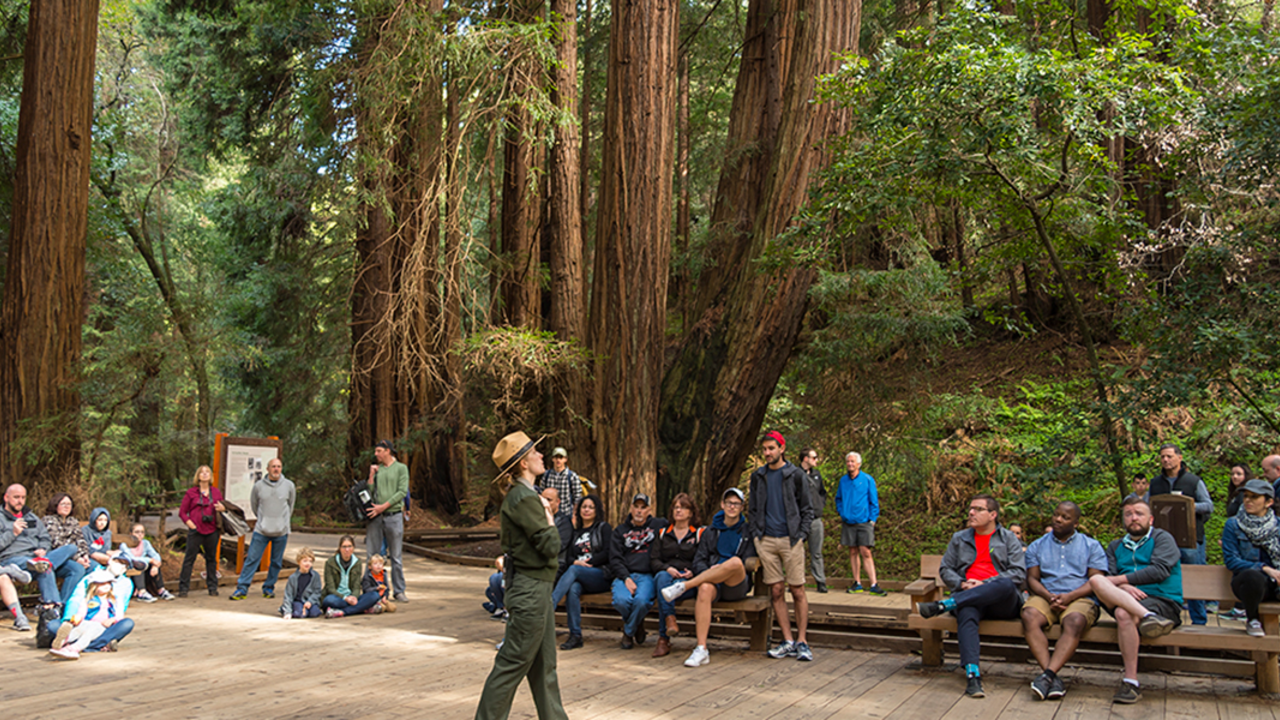
Alison Taggart-Barone/Parks Conservancy
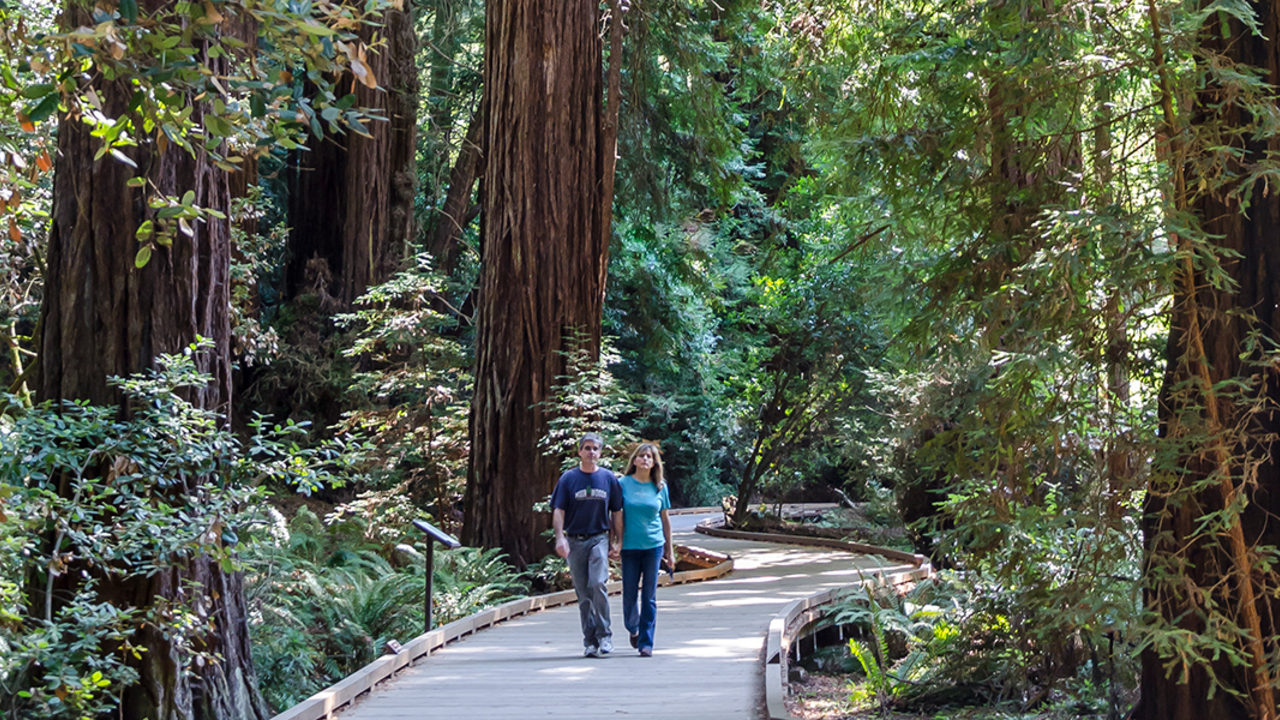
Alison Taggart-Barone/Parks Conservancy
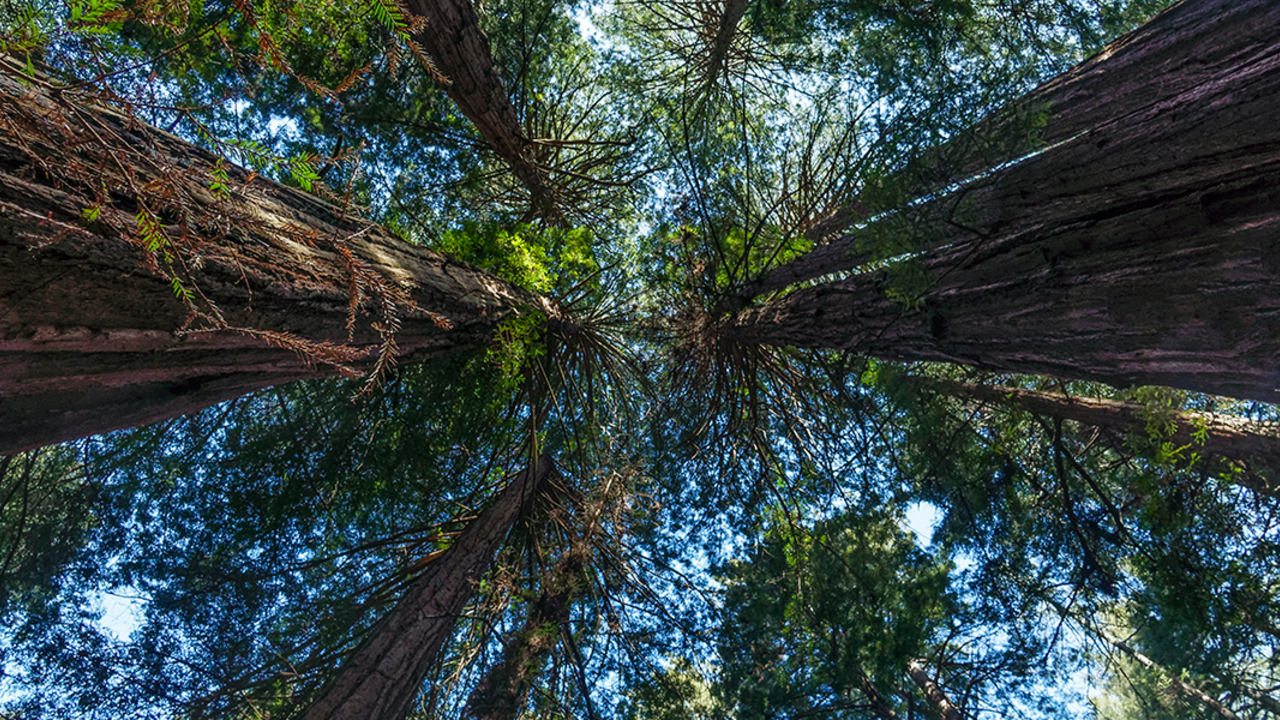
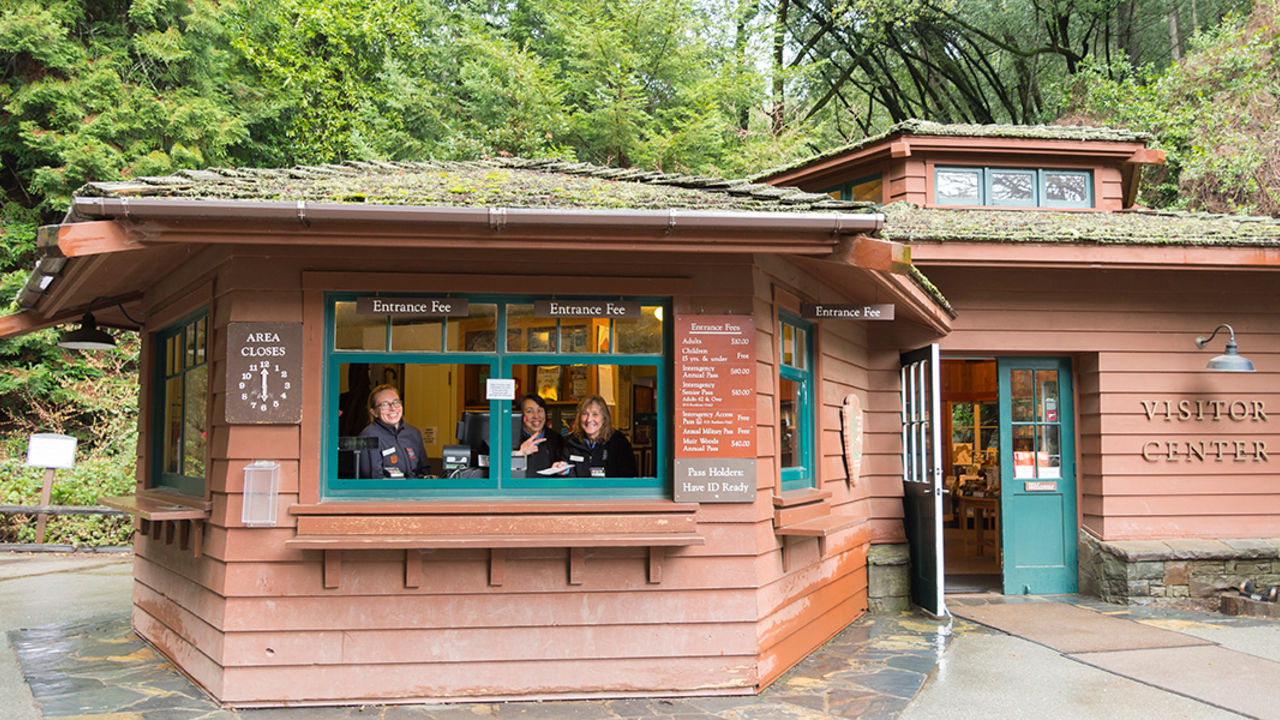
Alison Taggart-Barone/Parks Conservancy
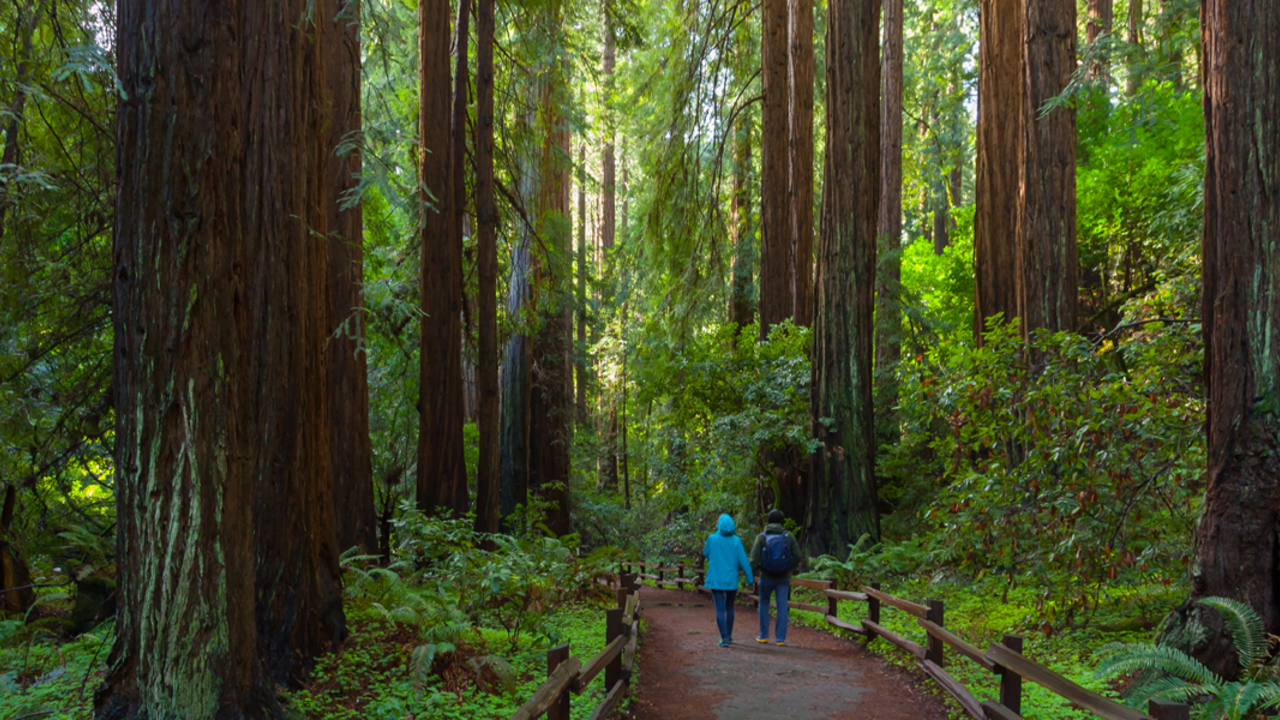
Vivien Kim Thorp/Parks Conservancy
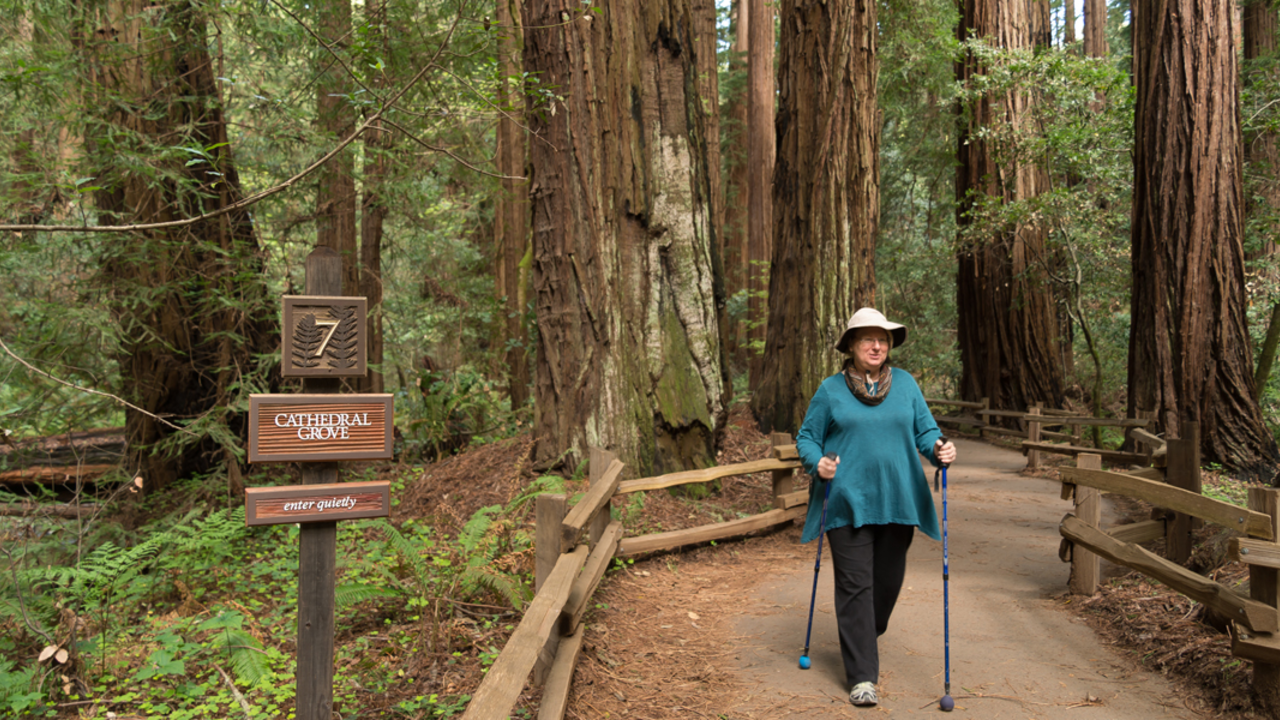
Alison Taggart-Barone/Parks Conservancy
Find your passion through the many events available at the park.
© 2026 Golden Gate National Parks Conservancy. All rights reserved.